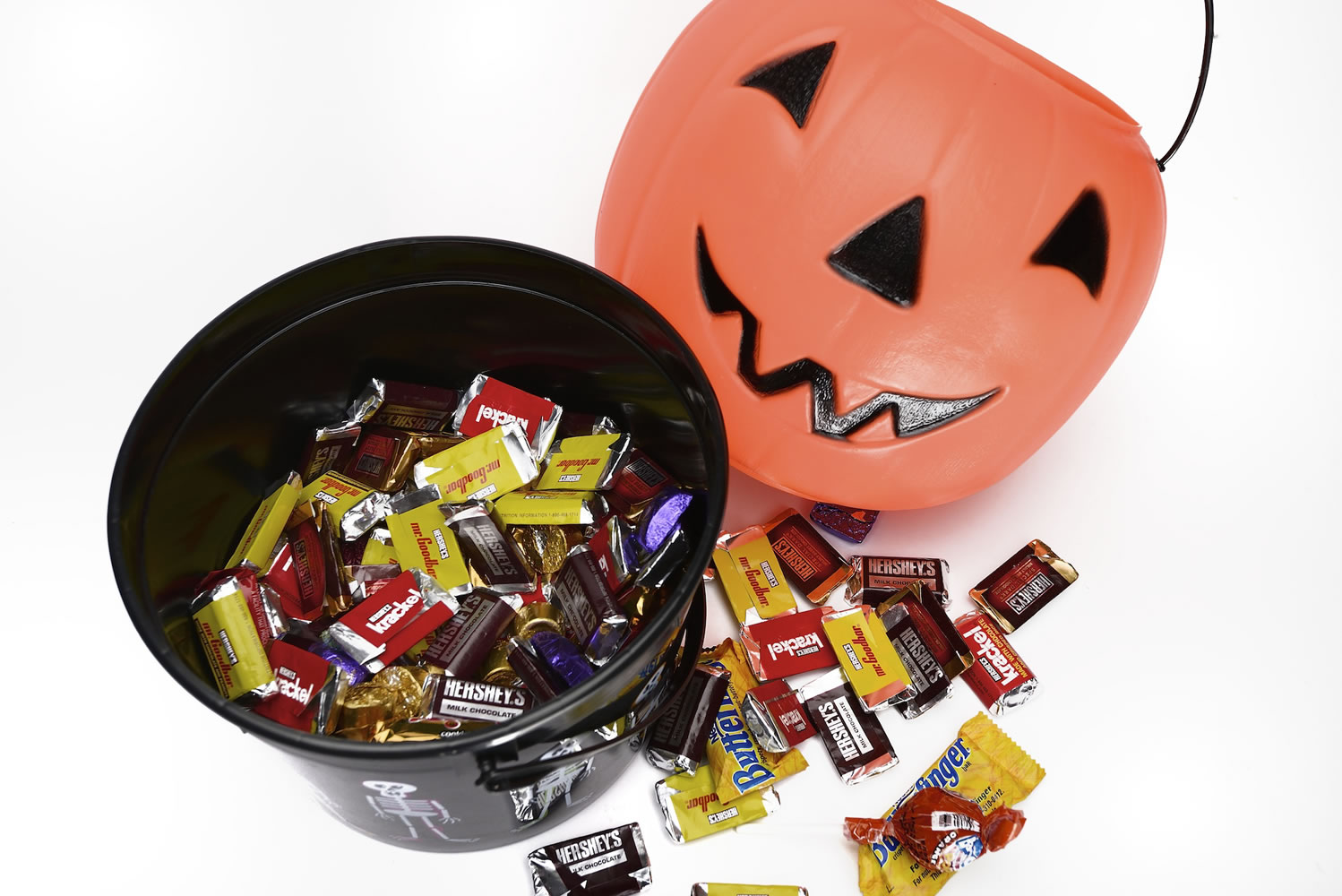Dr. Valerie Weiss, a pediatrician at The Vancouver Clinic, and Sharla Wiest, a registered dietitian at PeaceHealth Southwest Medical Center, offer some tips to keep kids from overdoing it on Halloween.
Before trick-or-treating:
• Feed kids a healthy, balanced meal. A full belly means they’ll eat fewer sweets.
• Set limits, such as how long kids can trick-or-treat and how many pieces of candy they can eat that night.
• Tell kids they have to walk through the neighborhood — no car rides from house-to-house.
After Halloween:
• Limit the number of candies kids can eat each day.
• Balance the extra calorie consumption with physical activity, such as taking a walk or playing outside.




